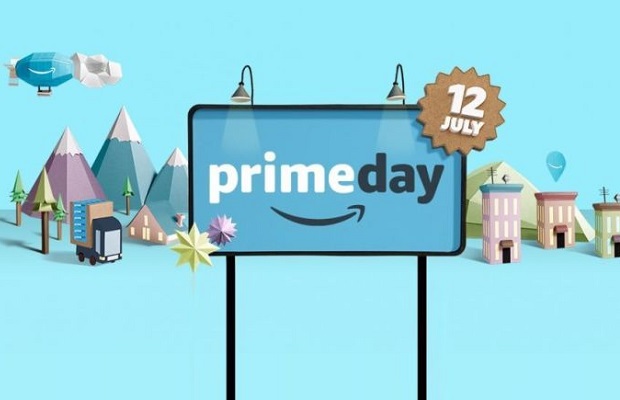Amazon’s second annual Prime Day has come to a close, with the online retail giant’s made-up holiday sale offering big ticket items and some slightly stranger oddments.
According to ecommerce software company ChannelAdvisor, US sales were flat through 5 pm ET on Tuesday compared with last year, but they were up 12% in the UK.
Amazon debuted Prime Day last year as a one-day sale exclusively for members of its Prime subscription shopping service.
The company’s goal is to create a new shopping holiday like Black Friday to encourage more spending on its site.
While Prime Day is a manufactured shopping event, the sales could mean significant revenue for Amazon. Retail advisory firm FBIC has predicted that Prime Day could generate $525 million in sales. If so, that would be up 26% from its $415 million estimate last year.
The first Prime Day came under criticism for feeling more like a garage sale than Black Friday, and this year it seems Amazon has intentionally added stranger items to its sale.
While Tuesday’s sale offered steep discounts on popular items including a Samsung curved 55-inch 4K TV for $650, or nearly half off, and a KitchenAid Stand Mixer for about $250, or $100 off, it also included things like beard oil and light bulbs.
Items include a glow in the dark toilet, cat theraphy books and.
It's #PrimeDay, the only day of the year when you can buy a motion activated toilet nightlight for 25% off pic.twitter.com/HWBFT9dEqq
— Tali Sason (@ItsTaliTime) July 12, 2016
I'm amazed that only 4% have claimed this deal so far! @amazon #PrimeDayFail #AllergicToCats pic.twitter.com/8Je67VwPhy
— Martin Untrojb (@MEUntrojb) July 12, 2016
Thanks @amazon! This is just what I needed! #PrimeDayFail pic.twitter.com/mIiNUs4l6u
— Martin Untrojb (@MEUntrojb) July 12, 2016
Amazon customers also reporting problems completing online purchases on Prime Day, a discounted-shopping event to promote its subscription scheme.
Amazon’s Twitter account said it was working to resolve difficulties customers were having checking out.
Customers complained of not being able to check out their purchases, with some missing deals available for a limited time.
Others said they were experiencing issues adding items to their cart.
It is not uncommon for sites to struggle under unprecedented volumes of traffic while running promotions.
Many websites suffered problems during last November’s Black Friday online rush, including Argos, Boots and Tesco.
Traffic Spikes
Paul Heywood, Managing Director and VP of EMEA, Dyn, commented on the success of Prime Day: “Amazon is no stranger to vast volumes of website traffic – with monthly visitors regularly clocking in at more than 200 million – yet sales during last year’s Amazon Prime Day managed to supersede even those of Black Friday 2014. This begs the question: what will Amazon be facing during Amazon Prime Day this year and what can other brands learn from how Amazon deals with traffic spikes to help their own businesses perform better year-round and during their own ‘Prime Days’?
“Retailers must have a well-executed technology strategy in place to monitor, control and optimise their online infrastructure at scale – to shoulder the load on both high volume days and as a best practice for normal business. This starts with clear insight in how to manage real-time traffic peaks. The use of hybrid cloud and CDN (Content Delivery Network) technologies has proven a reliable methodology for scale and commercial leverage. However, real-time analytics and control of the infrastructure are the magic bullet. This can be achieved through traffic steering at the DNS (Domain Name System) or BGP (Border Gateway Protocol) level ensuring that traffic can be distributed across more than one cloud provider or CDN.
“Most companies will never come near Amazon’s peak traffic. But just because their cloud infrastructure doesn’t need to scale to the same size, it still needs to be configured in the same way to mitigate outages and vastly improve the digital experience for end users.”

